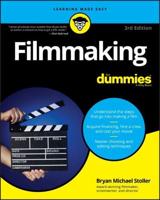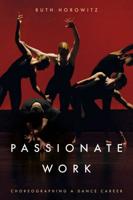Publisher's Synopsis
Throughout her history, the ballerina has been perceived as the embodiment of beauty and perfection she is the feminine ideal. But the reality is another story. Beginning with the earliest ballerinas, who often led double lives as concubines, Deirdre Kelly goes on to review the troubled lives of 19th-century ballerinas, who lived in poverty and worked under torturous and even life-threatening conditions. In the 20th century, George Balanchine created a contradictory ballet culture that simultaneously idealized and oppressed ballerinas, and many of his dancers suffered from anorexia and bulimia or underwent cosmetic surgery to achieve the ideal ethereal form. At the beginning of the 21st century, ballerinas are still underpaid, vulnerable to arbitrary discrimination and dismissal, and expected to bear pain stoically but much of this is beginning to change. As Kelly examines the lives of some of the world's best ballerinas, she argues for a rethinking of the world's most graceful dance form a rethinking that would position the ballerina at its heart, where she belongs. Highlighting the work of such great ballerinas such as Anna Pavlova, Isadora Duncan, Suzanne Farrell, Gelsey Kirkland, and Evelyn Hart Kelly illustrates how the world of ballet is slowly evolving.








